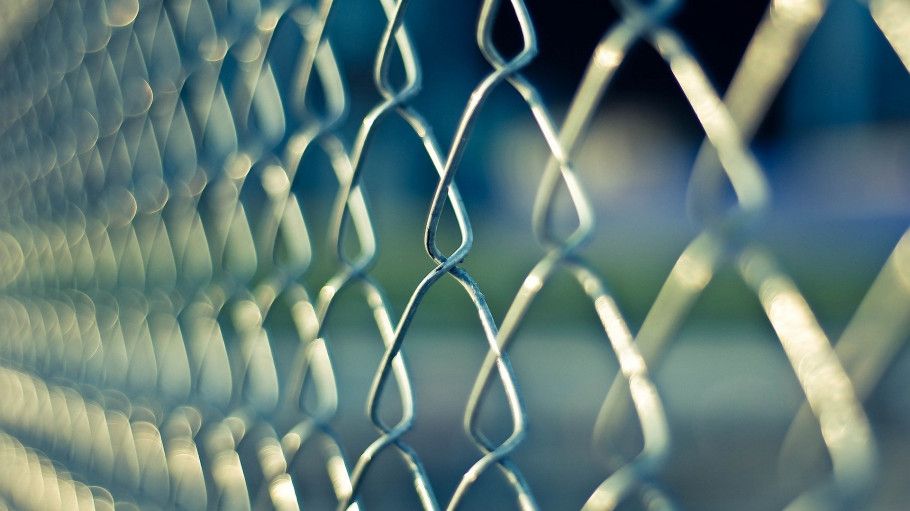European Parliament carbon border vote proves majority support for stronger carbon leakage protection to match greater climate ambition
- A majority of MEPs agree in plenary that the higher 2030 and 2050 climate ambition requires strengthened carbon leakage protection.
- A carbon border measure should not replace, but instead reinforce, existing carbon leakage measures. It is not double protection, since such measures are already partial, digressive, and offset climate costs that only exist in the EU.
- Even with free allocation and compensation, EU producers bear carbon costs that are not applied to extra EU competitors – a divergence that is already widening.

Brussels, 10 March 2021 – The European Parliament has today voted on its Carbon Border Adjustment Mechanism (CBAM) resolution, prior to a legislative proposal expected to be published by the European Commission in June. The resolution passed with a firm majority; Parliamentarians agreed on the principle that the EU’s higher climate ambition requires improved carbon leakage protection.
“The European Parliament has sent a clear signal that a workable carbon border measure is of critical importance for the transition of industry towards climate neutrality”, said Axel Eggert, Director General of the European Steel Association (EUROFER). “The measure must fill the gap of the carbon cost differential with global competitors and imports instead of replacing or reducing current levels of carbon leakage protection”.
“The straight replacement of free CO2 certificates with a border measure and full exposure to the costs of the EU Emissions Trading Scheme would be bad policy. Primary steelmaking makes up three-fifths of European production, and such producers would face carbon costs at least twenty times higher than global competitors exporting to the EU”, added Mr Eggert. “This vote shows that the Parliament intends to defend manufacturing and jobs in Europe”.
European steel companies have been launching many projects to develop and implement breakthrough low carbon technologies. This transition will be successful only under the right market conditions facilitated by a supportive framework that includes effective carbon leakage measures.
European industry in general, and steel specifically, need a level international playing field – one that favours fair competition, supports investment in innovation and the roll-out of breakthrough technologies. Markets for green materials must be created and appropriate low carbon energy sources also need to be available.
“Higher climate ambition for 2030 and 2050 requires strengthened, not weakened, carbon leakage protection. This can only be achieved if the carbon border measure is implemented as a complementary tool to buttress existing carbon leakage measures. We welcome that elected MEPs recognised this”, emphasised Mr Eggert. “A border measure reinforcing existing carbon leakage measures is not double protection, as such mechanisms are already only partial and digressive”.
Even with free allocation and compensation, EU producers bear carbon costs that are not applied to extra-EU competitors. This divergence will further increase in the future as the EU Emission Trading System (EU ETS) is adjusted to attain higher levels of climate ambition. A carbon border measure without free allocation would see steelmakers in Europe, in effect, paying carbon costs multiple times higher than those faced by exporters to the EU[1].
“A carbon border measure complementary to existing carbon leakage measures would decrease the product price impact on downstream sectors within the EU”, concluded Mr Eggert. “This would better preserve the entire value chain. It would also reduce the direct impact on trade flows and mitigate trade tensions, providing a longer transition for negotiations over how other regions can follow Europe’s decarbonisation lead”.
Notes for editors
Contact
Charles de Lusignan, Spokesperson and Head of Communications, +32 2 738 79 35, (charles@eurofer.be)
About the European Steel Association (EUROFER)
EUROFER AISBL is located in Brussels and was founded in 1976. It represents the entirety of steel production in the European Union. EUROFER members are steel companies and national steel federations throughout the EU. The major steel companies and national steel federations in Switzerland and Turkey are associate members.
The European Steel Association is recorded in the EU transparency register: 93038071152-83.
About the European steel industry
The European steel industry is a world leader in innovation and environmental sustainability. It has a turnover of around €170 billion and directly employs 330,000 highly-skilled people, producing on average 160 million tonnes of steel per year. More than 500 steel production sites across 22 EU Member States provide direct and indirect employment to millions more European citizens. Closely integrated with Europe’s manufacturing and construction industries, steel is the backbone for development, growth and employment in Europe.
Steel is the most versatile industrial material in the world. The thousands of different grades and types of steel developed by the industry make the modern world possible. Steel is 100% recyclable and therefore is a fundamental part of the circular economy. As a basic engineering material, steel is also an essential factor in the development and deployment of innovative, CO2-mitigating technologies, improving resource efficiency and fostering sustainable development in Europe.
Footnote
[1] Consider an EU domestic producer of 10 million tonnes annual production and a foreign producer of 10 million tonnes annual production. Other than Turkey, no exporters to the EU export more than 5% of their total production to the EU. At the current carbon price of €40 per tonne and two tonnes of CO2 emitted per tonne of steel produced, an EU producer would pay €800 million per year in EU ETS allowances.
Assuming the CBAM price is set at the level of the EU ETS, the exporter of 5% of 10 million tonnes of steel - 500,000 tonnes - would be paying €40 x 2 tonnes of CO2 x 500,000 tonnes of steel, or €40 million in total, over the entire 10 million tonnes of its global production. The remaining 9.5 million tonnes not sold into the EU could easily cross-subsidise the volume exported to the EU, leaving EU producers facing a carbon cost of 20 times more than their non-EU competitors.



